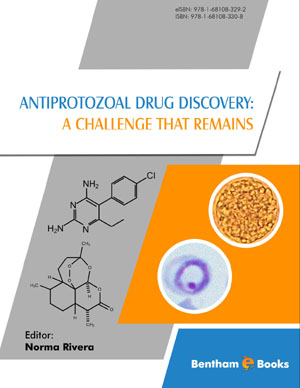Abstract
The increase in antibiotic resistance is an imminent and mainly silent threat, which would lead to an unprecedented situation with multivariable implications. It is challenging to solve due to having nuances in the regulatory, health-related, financial, and administrative aspects. The skin is one of the most common areas where antimicrobial-resistant infections develop; such is the case with MRSA (Methicillin- Resistant Staphylococcus aureus), which is capable of causing deep painful boils. Besides, the chronic wounds, whose healing processes become aberrant, add complexity, yet these occur with features, such as aberrant cellular profile, persistent inflammation, and the formation of biofilms. The former issues make crucial the use of non-antibiotic antimicrobial agents, such as topical antiseptics for their treatment. In the present writing, we have introduced an innovative formula with relatively familiar ingredients to most people. One of those compounds is the potassium permanganate, a strong oxidative, astringent, and antimicrobial agent. This chapter consists of five sections: (1) the first section presents a general review of the antibiotics, their types and mechanism of action, and resistance caused in response to them from bacteria; this section also describes causes for this resistance, the bacterial strategies to achieve it, and possible solutions; (2) the second section highlights the approach to healing processes both acute and chronic, exploring the stages of the former, and both the abnormal features and possible therapies for the latter; (3) the third section discusses the non-antibiotic antimicrobial agents and the antiseptics in general, and then a brief description is provided for the healing properties of each of the component of Vikut®, and finally, hypotheses for its performance have been proposed; (4) the fourth section presents the results of the clinical cases using the potassium permanganate-based formula obtained by healthcare professionals in the treatment of both chronic and nonchronic wounds. Two main subsections have discussed wound treatment using Vikut® formula; (4.1) the first subsection presents a 21 days-long comparative analysis between the usual treatment (neutral pH super-oxidation solutions) and the potassium permanganate-based formula for diabetic patients with chronic, 3 month-duration, Wagner I & II ulcers (average area 5-6cm2), where potassium permanganate-based formula has shown an average percentage reduction of 73% and a percentage of patients with area reduction greater or equal to 50% of 86%, in contrast to the usual treatment with ratios below 40% and 40% respectively, and (4.2) the second subsection is an exposition with respect to the clinical cases of both chronic and non-chronic wounds of different natures making use of the potassium permanganate-based formula; and (5) finally, the fifth section demonstrates an economical study performed on the public health condition in Mexico where several topical treatments are compared including the Vikut® formula, showing it as a viable option in terms of both the cost per se and the wound-reductive effect, which can be interpreted with respect to both time and resources available for the treatment of other afflictions in the public health domain.
Keywords: Antiseptic, Antibiotic resistance, Benzoic acid, BEB, Chronic wound, Clinical trial, Local oxygenation, Non-antibiotic antimicrobial agents, Potassium permanganate, Salicylic acid, Wound healing.






















